Early in the West there was often a dearth of law and order. It was a big place and there was plenty of room for bad actors and those evil doers that didn’t keep regular hours. You had your desperadoes, your neer-do-wells that would rather steal than work. Your run of the mill murders and those that were a cut above, so to speak, the more exceptional murderers. You had the disgruntled and the just plain mean. There were those that knew better but just didn’t care. You had those that would do something horrific to a person, not just for personal gain but just to see the look on their face as they did it. And that’s not even mentioning those disenfranchised that were really cheesed off because their entire way of life was being reduced to a few square miles here and there. Those folks could really act out when they had the chance. There was a lot of opportunity for really terrible things to take place out here in the wide open west, and they did.
So what about the folks that just wanted to live their lives without the introduction of murderous, horrendous events being thrust into their day-to-day activities. Who took care of them? Who tried to make sure that there was some form of decency and safety and a little quality of life to reward their hard work and tenacity for their efforts to have a normal life. Who championed the innocent?
There were U.S. Marshals that patrolled the vast open spaces but they were one and the bad actors were many and not always all in one place. The Marshals rode herd over huge areas where it would be days if not weeks before they could get to the scene of a crime and longer still before they might have a chance to arrest a perpetrator. The military was available occasionally but they were there to mainly keep the recalcitrant in line and were not much interested in redressing wrongs done to civilians unless they were done by the aforementioned recalcitrant’s that would leave their restricted areas to get a little payback. Then they were there with bells on.
What you had many times were a bunch of good people, such as the group in the image above, that were basically pretty good folks and by that I mean people that didn’t normally do murderous, horrendous things to their friends and neighbors, but were truly fed up with bad behaviors by the other side, or the bad people, that would band together quickly to chase down, apprehend, give swift and final justice to, and try to bring some sort of order to the territory. They were called Irregulars. Irregulars because they weren’t sanctioned by the government or even with the permission of their friends and neighbors. They just said “I’ve had it. Let’s go get the bastards,” formed up into groups led by the most charismatic member of the bunch and set off to do justice and strike fear and terror into those that needed it. The bad guys.
Though of course being human many times they got it wrong. This was usually due to an error of judgement by the charismatic leader who didn’t have the facts straight, or had his own agenda or was just plain nuts. So people who were marginally guilty of some offense or weren’t guilty at all, had justice done to them just because they looked funny. There some colossal screwups where some leaders who were actually psychopaths who seemed normal by everyone else at the time, did things that still astound us today. Whole villages were obliterated and those that were supposed to do good actually were really bad. The name Chivington comes to mind here.
We have to remember what’s in a name. Irregular by its own definition means not normal, so it stands to reason that things wouldn’t always go according to plan. The Irregulars served a purpose when they got it right, not so much when they screwed the pooch as is said today. Maybe it isn’t such a good idea for those like-minded folks who think they’ve got it right to band together and get led by a psychopath and decide what’s best for the rest of us. After all if you don’t agree with them or just happen to look funny bad things can happen to you in the name of good folks who’ve decided that their world needs some straightening up. So watch out for those Irregulars. And if you can try not to look funny.

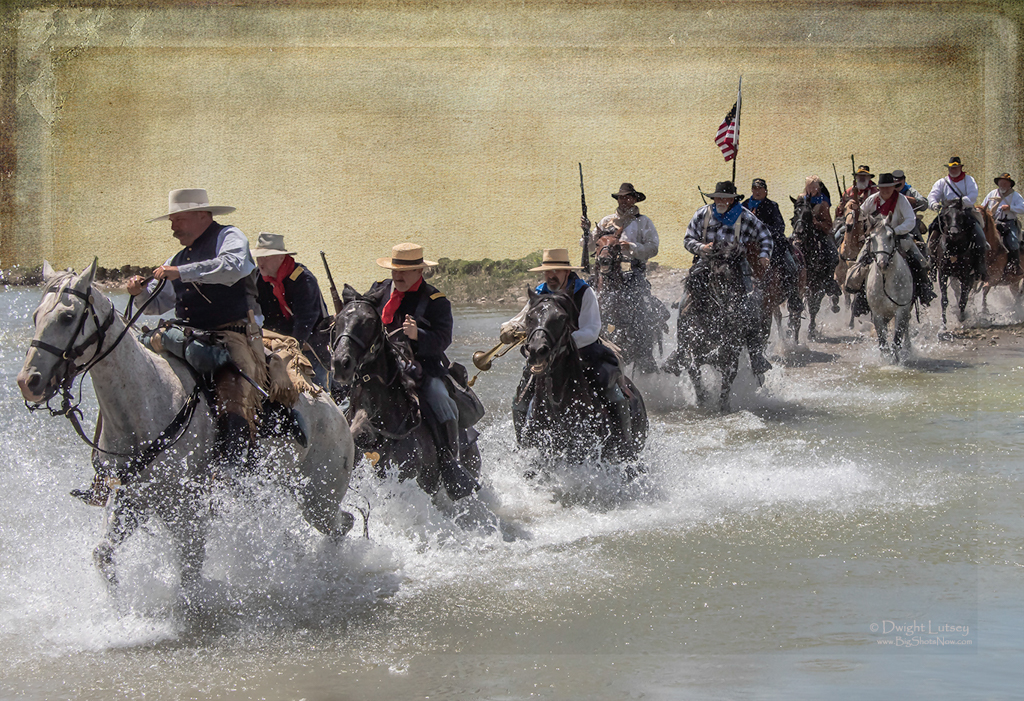
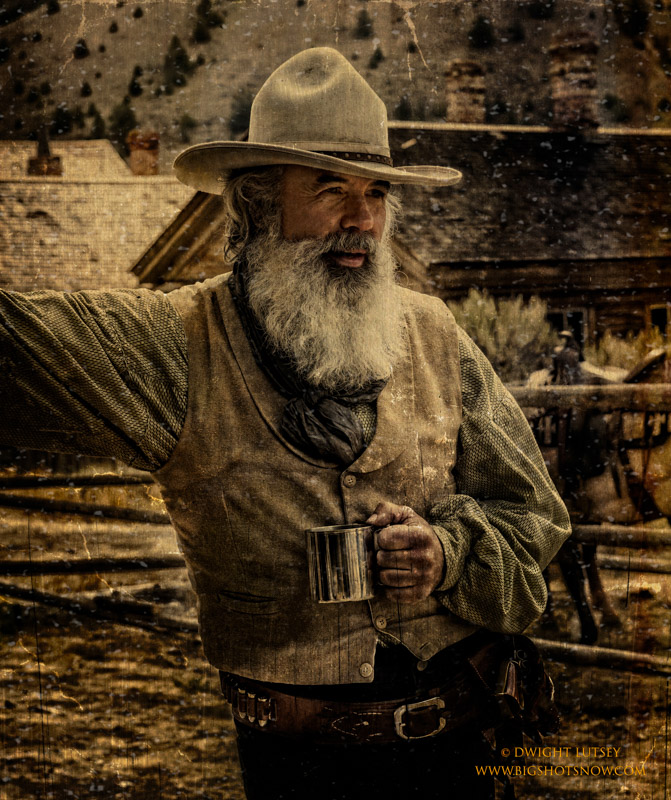
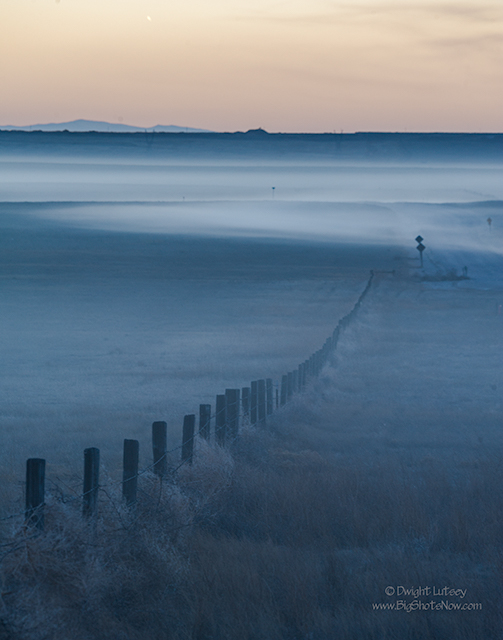
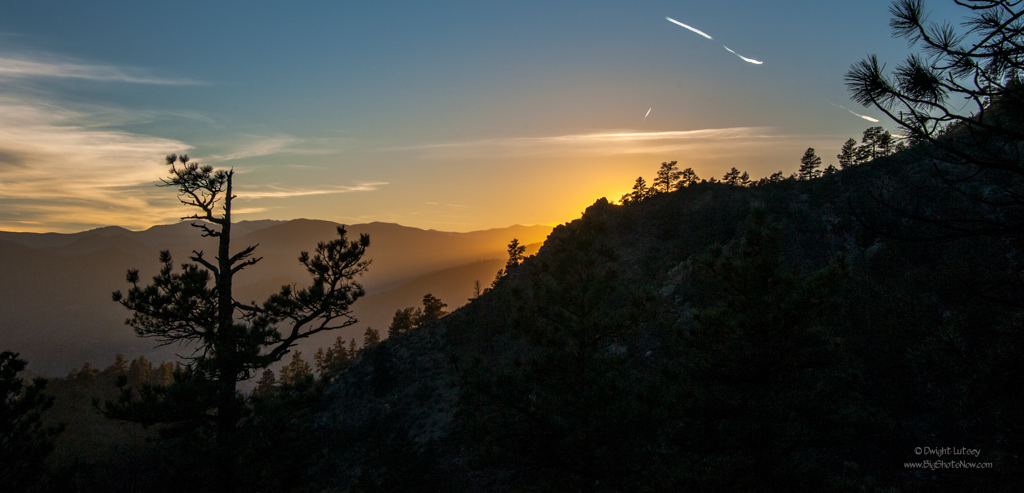
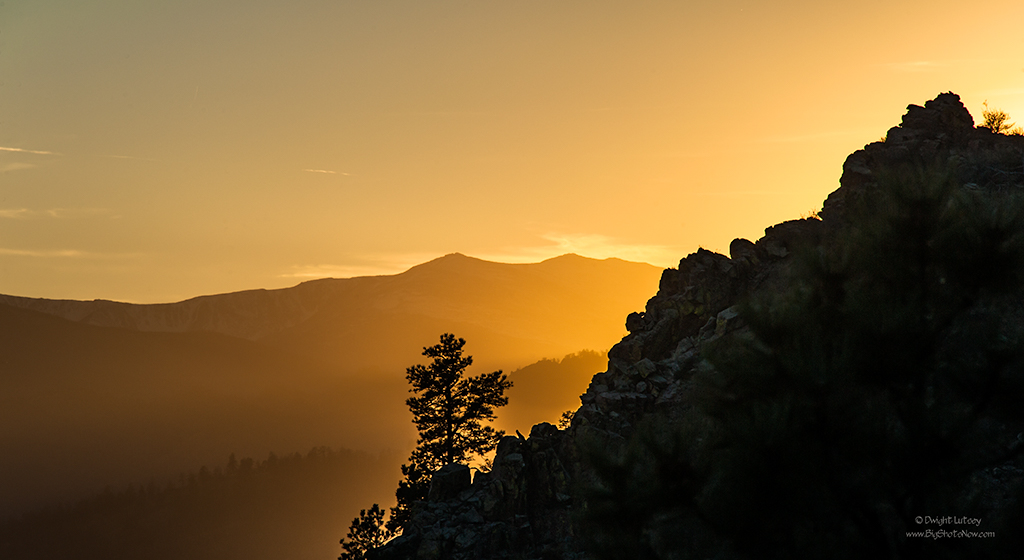
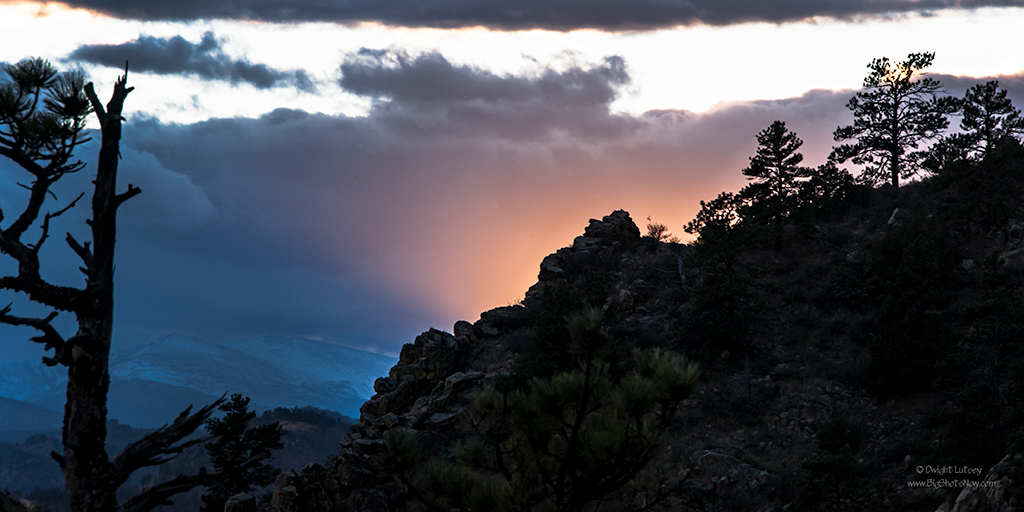
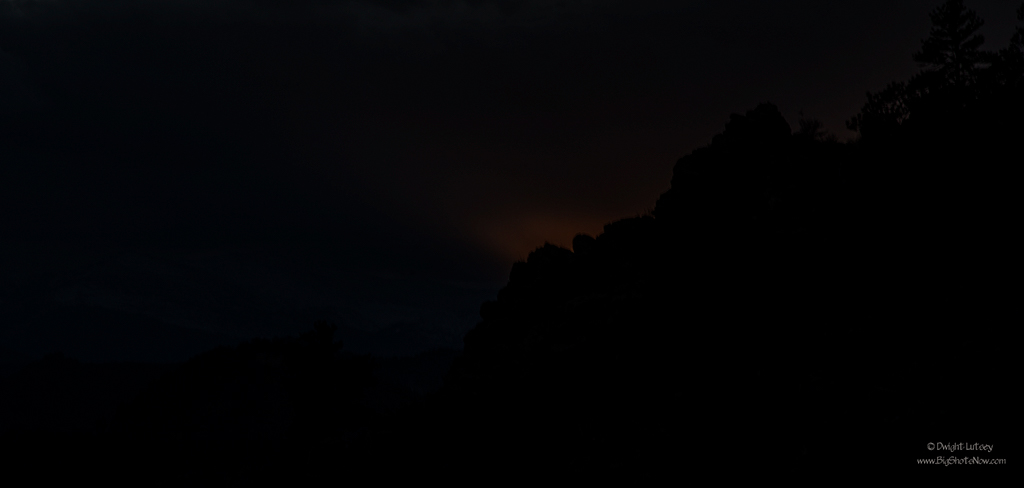
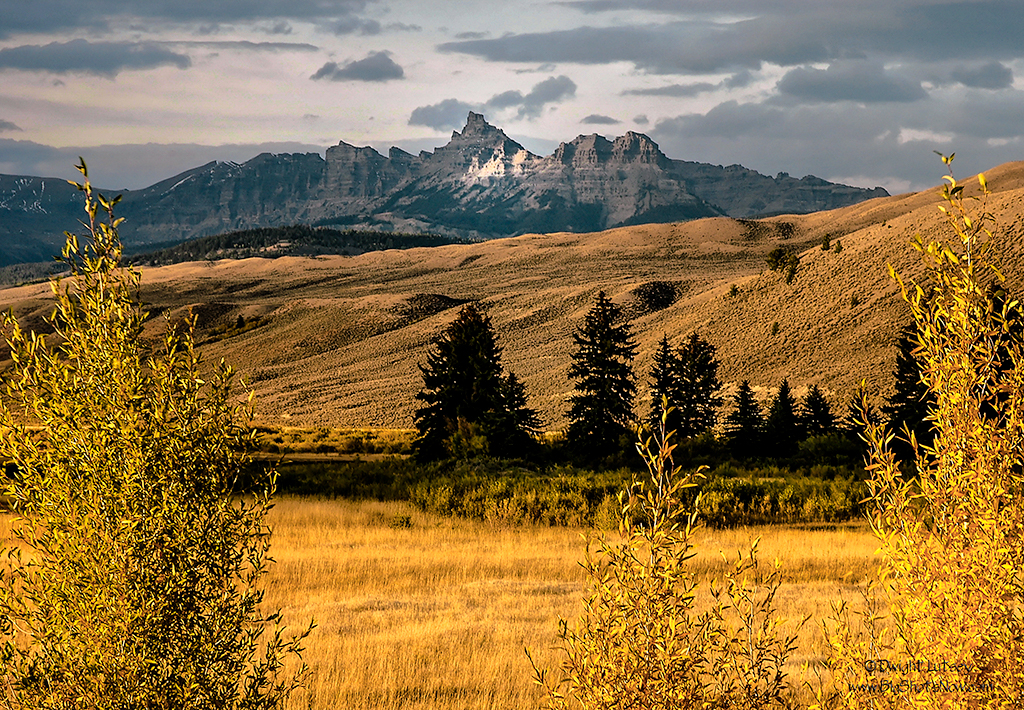
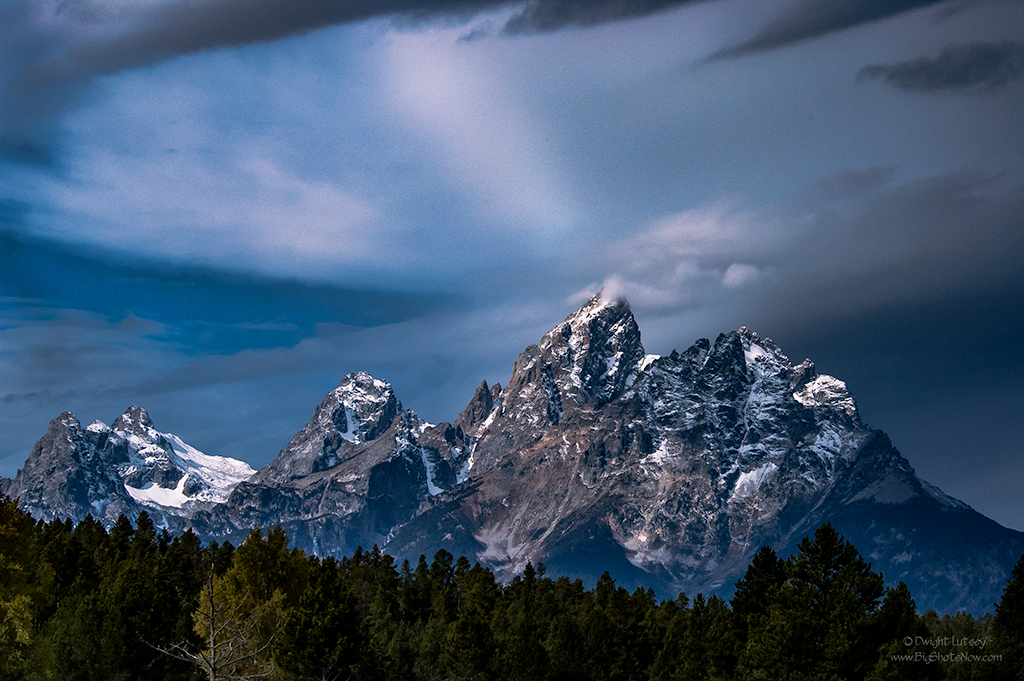
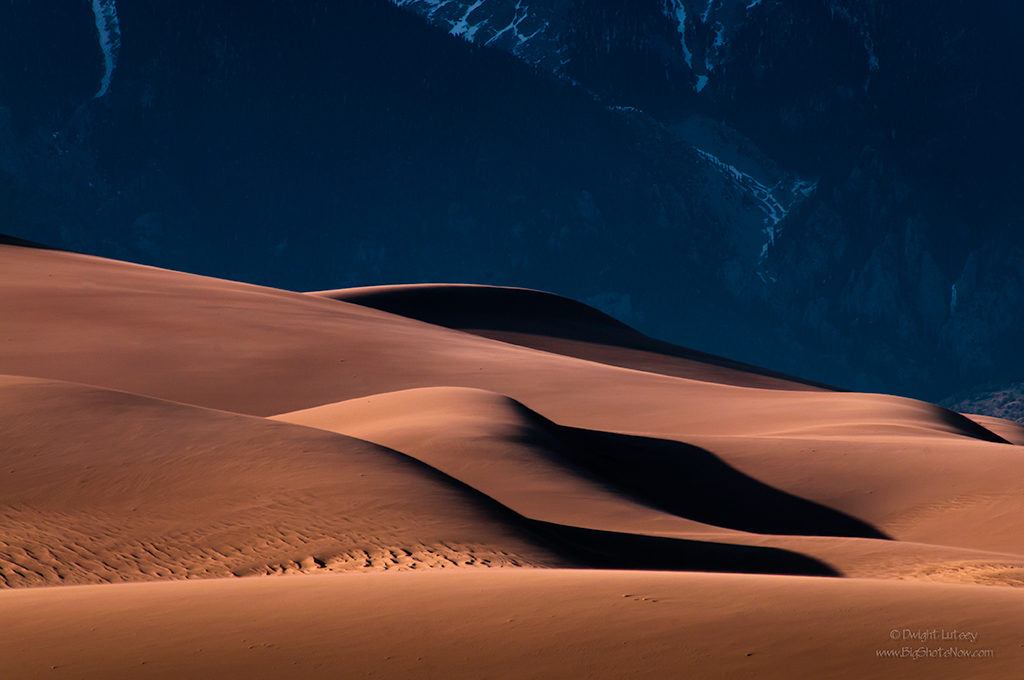
You must be logged in to post a comment.